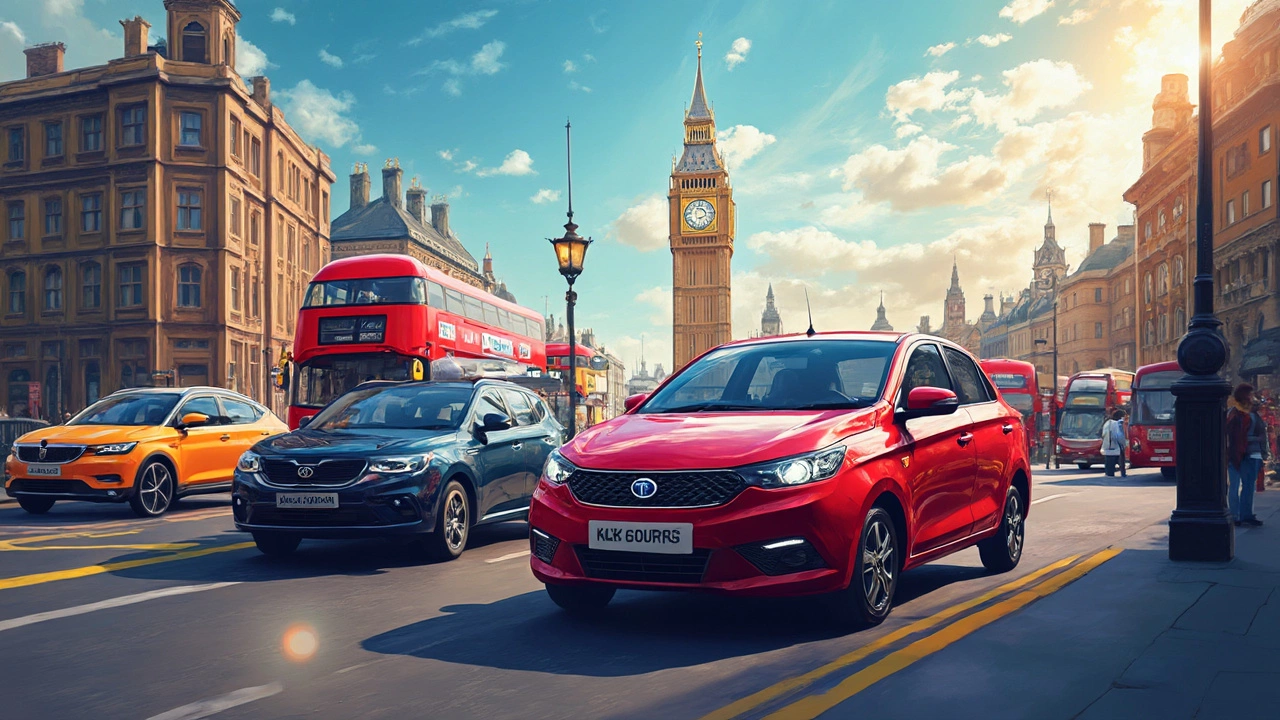- Best Plastic Manufacturing Companies in 2025 Nov 8, 2025
- The Impact of Manufacturing on Local Economies and Societal Welfare Jan 21, 2025
- Understanding Manufacturing's Place in Government Schemes Dec 2, 2024
- What Are the Advantages of Small Scale Industries? Nov 20, 2025
- Exploring India's Groundbreaking Car Inventions Jan 17, 2025
Indian Cars: Top Brands, Trends & What’s Coming in 2025
If you’re curious about the cars you see on Indian roads, you’re in the right place. India isn’t just a big market – it’s a huge factory floor where both home‑grown and foreign giants build everything from compact hatchbacks to premium SUVs. This guide breaks down who’s making what, why the market is shifting, and what you should watch out for this year.
Which Brands Are Actually Built in India?
India’s car landscape is a mix of home‑grown names like Tata Motors and Mahindra, plus global players such as Suzuki, Hyundai, and Kia that set up local plants to avoid import taxes and cater to Indian tastes. In 2025, the top five manufacturers by volume are:
- Maruti Suzuki – still the leader with its ever‑popular Swift and Baleno.
- Hyundai – strong in the mid‑size sedan and SUV segment.
- Tata Motors – pushing electric models like the Nexon EV.
- Mahindra & Mahindra – dominant in the rugged SUV and tractor market.
- Kia – gaining ground with the Seltos and Sonet.
All these brands source a large share of parts locally, which keeps costs down and creates jobs across the country. If you’re thinking about buying a car made in India, you’re also supporting a supply chain that stretches from Delhi’s engine factories to Chennai’s body shops.
What’s Driving the Indian Car Market Right Now?
Three forces are reshaping the scene. First, the government’s push for electric vehicles (EVs) means subsidies, tax breaks and a fast‑growing charging network. Tata’s Nexon EV and Hyundai’s Kona Electric have already crossed the 50,000‑unit mark, and more models are lining up for launch.
Second, fuel‑efficient and compact cars remain in demand because rising fuel prices keep buyers alert. Models under 4 meters in length benefit from lower GST, so manufacturers keep tweaking designs to stay under that limit.
Third, exports are becoming a big revenue stream. India now ships more than 200,000 cars annually to markets in Africa, the Middle East and Latin America. The “Made in India” badge is gaining respect for its cost‑effectiveness and decent build quality.
All the while, digital showrooms and online financing are making the buying process smoother. You can configure a car, arrange a test drive, and lock in a loan without stepping into a dealership, which is especially popular among younger buyers.
Looking ahead, expect more hybrid and plug‑in models, stricter emission norms, and a rise in local battery production. If you’re planning to buy or invest, keep an eye on how quickly the EV infrastructure expands and how manufacturers price their electric line‑ups against traditional gasoline cars.
In short, Indian cars are at a crossroads of affordability, sustainability and global reach. Whether you’re a buyer, a supplier, or just a car enthusiast, the next few years will bring plenty of new options and shifts to watch. Stay tuned, because the road ahead is getting interesting fast.
Are Tata Cars Sold Internationally? Exploring Global Reach
- Aarav Sekhar
- Mar 2, 2025
Tata Motors, a leading automobile manufacturer in India, has extended its footprint beyond domestic borders. Known for robust engineering and affordable pricing, Tata cars are sold in various international markets. The company has steadily expanded its presence in countries like the UK, South Africa, and parts of Latin America. Through strategic partnerships and a keen focus on customer needs, Tata Motors aims to strengthen its global market share. This article delves into the international journey of Tata cars, highlighting key markets and strategies.
